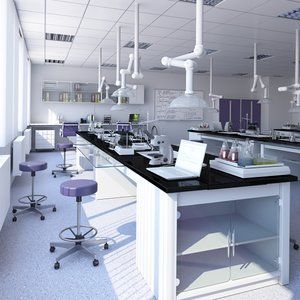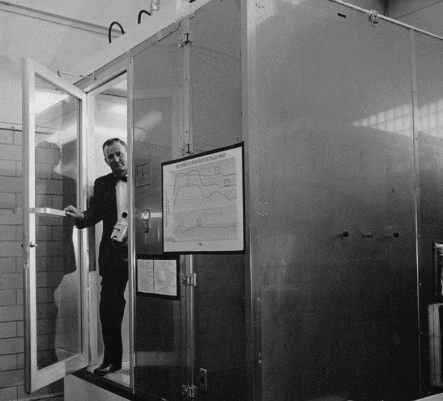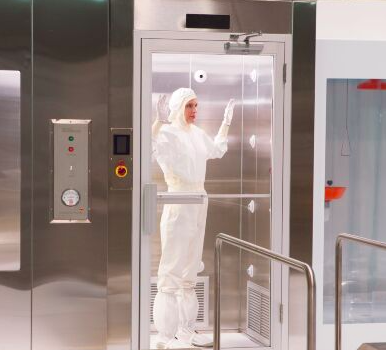Laboratories play a pivotal role in advancing our understanding of the world around us. From studying the intricacies of molecular biology to unraveling the complexities of ecological systems, laboratories serve as the birthplace of innovation and progress. However, with great scientific endeavors come great responsibilities, including the need to minimize our environmental impact and embrace sustainable practices in every aspect of laboratory operations.
In recent years, there has been a growing recognition of the importance of sustainability in laboratory settings. As concerns about climate change, resource depletion, and pollution continue to mount, scientists and researchers are increasingly turning their attention to green alternatives for laboratory processes, including cleaning practices. Sustainable cleaning practices not only reduce the ecological footprint of laboratory operations but also contribute to a healthier and safer working environment for laboratory personnel.
So, what exactly do sustainable cleaning practices entail, and how can they be implemented effectively in life science laboratories?
Environmentally Friendly Cleaning Agents:
Traditional cleaning agents often contain harsh chemicals that can be harmful to both human health and the environment. By switching to environmentally friendly alternatives, such as plant-based or biodegradable cleaning solutions, laboratories can reduce their reliance on toxic substances and minimize their impact on air and water quality.
Water and Energy Conservation:
Conserving water and energy is essential for reducing the environmental footprint of laboratory operations. Simple measures, such as using low-flow faucets and energy-efficient appliances, can significantly decrease water and energy consumption during the cleaning process. Additionally, implementing automated shut-off systems and scheduling cleaning activities during off-peak hours can further optimize resource utilization.
Waste Reduction and Recycling:
Laboratories generate a significant amount of waste, including used cleaning supplies, disposable gloves, and packaging materials. Implementing recycling programs and prioritizing the use of reusable or recyclable cleaning tools and equipment can help minimize waste generation and promote a circular economy within the laboratory environment.
Training and Education:
Proper training and education are essential for ensuring that laboratory personnel understand the importance of sustainable cleaning practices and are equipped with the knowledge and skills to implement them effectively. Providing training modules on green cleaning techniques, safety protocols, and waste management practices can empower staff members to make informed decisions and contribute to a culture of sustainability within the laboratory.
Continuous Improvement and Innovation:
Sustainability is an ongoing journey that requires continuous improvement and innovation. Laboratories should regularly assess their cleaning practices, identify areas for optimization, and explore new technologies and strategies to further enhance their environmental performance. Collaboration with industry partners, research institutions, and sustainability experts can provide valuable insights and support in this endeavor.
By embracing sustainable cleaning practices, life science laboratories can not only reduce their environmental footprint but also foster a culture of responsibility, innovation, and stewardship. Together, we can pave the way for a greener and more sustainable future, where scientific progress goes hand in hand with environmental conservation.



